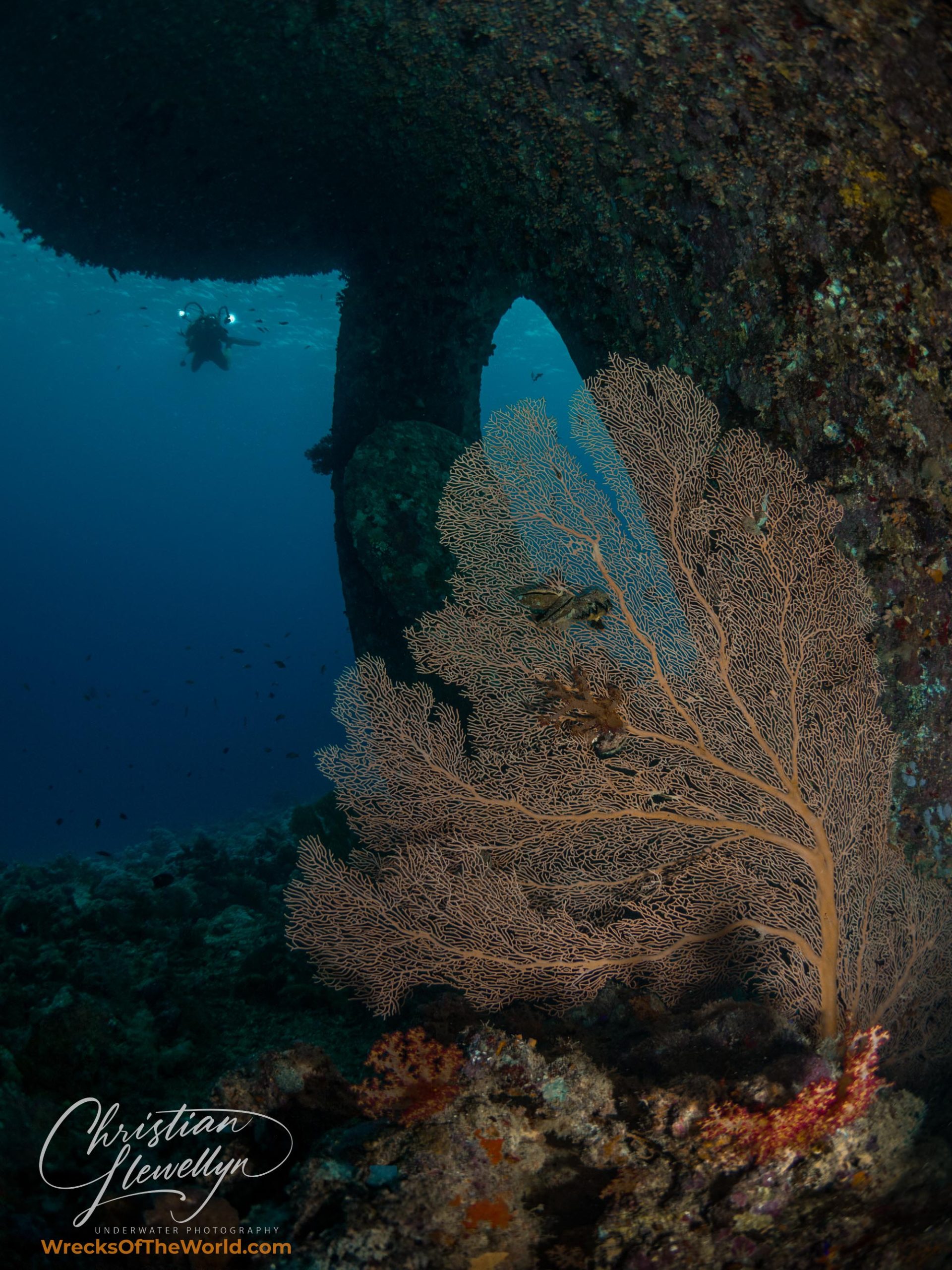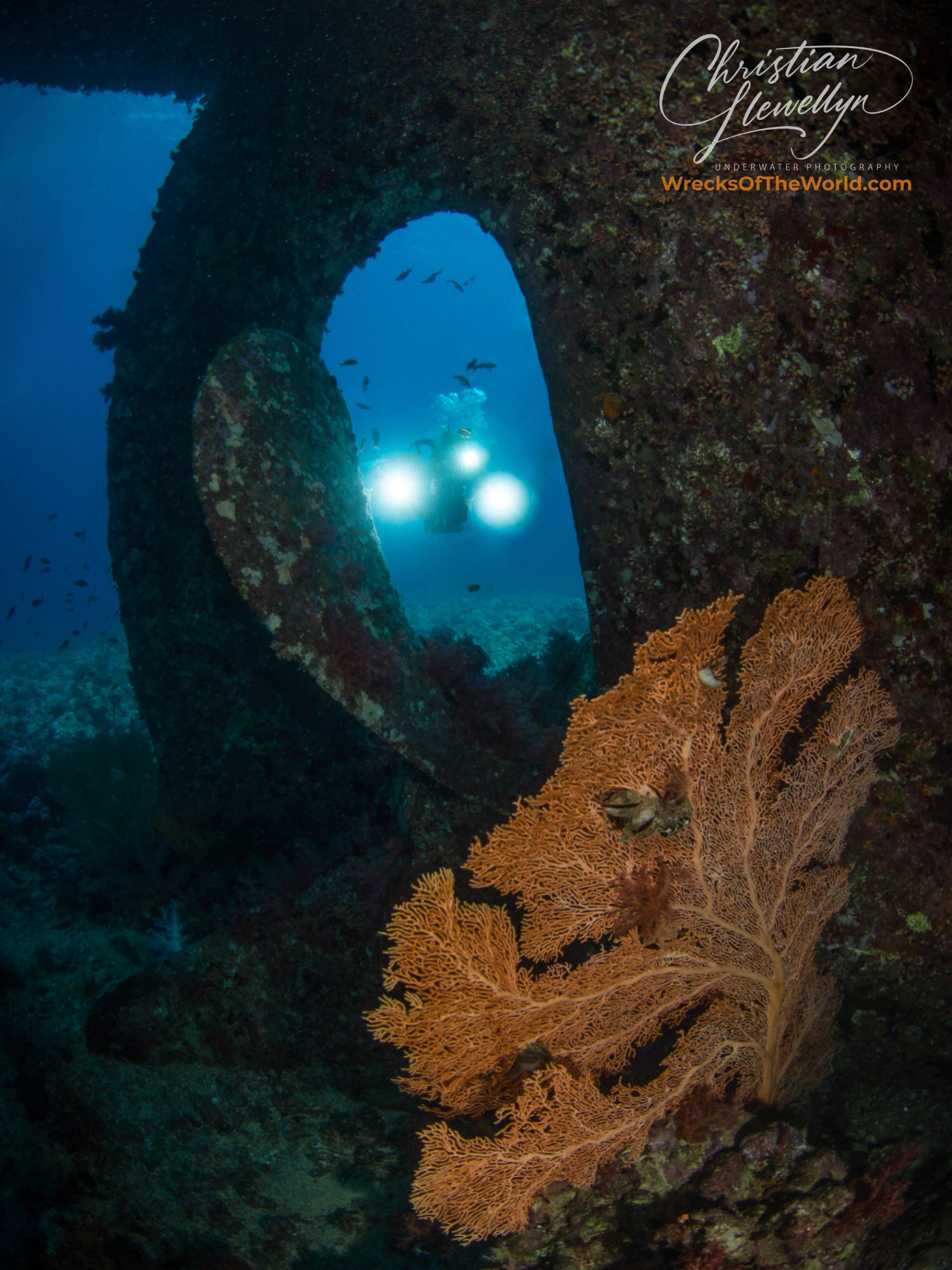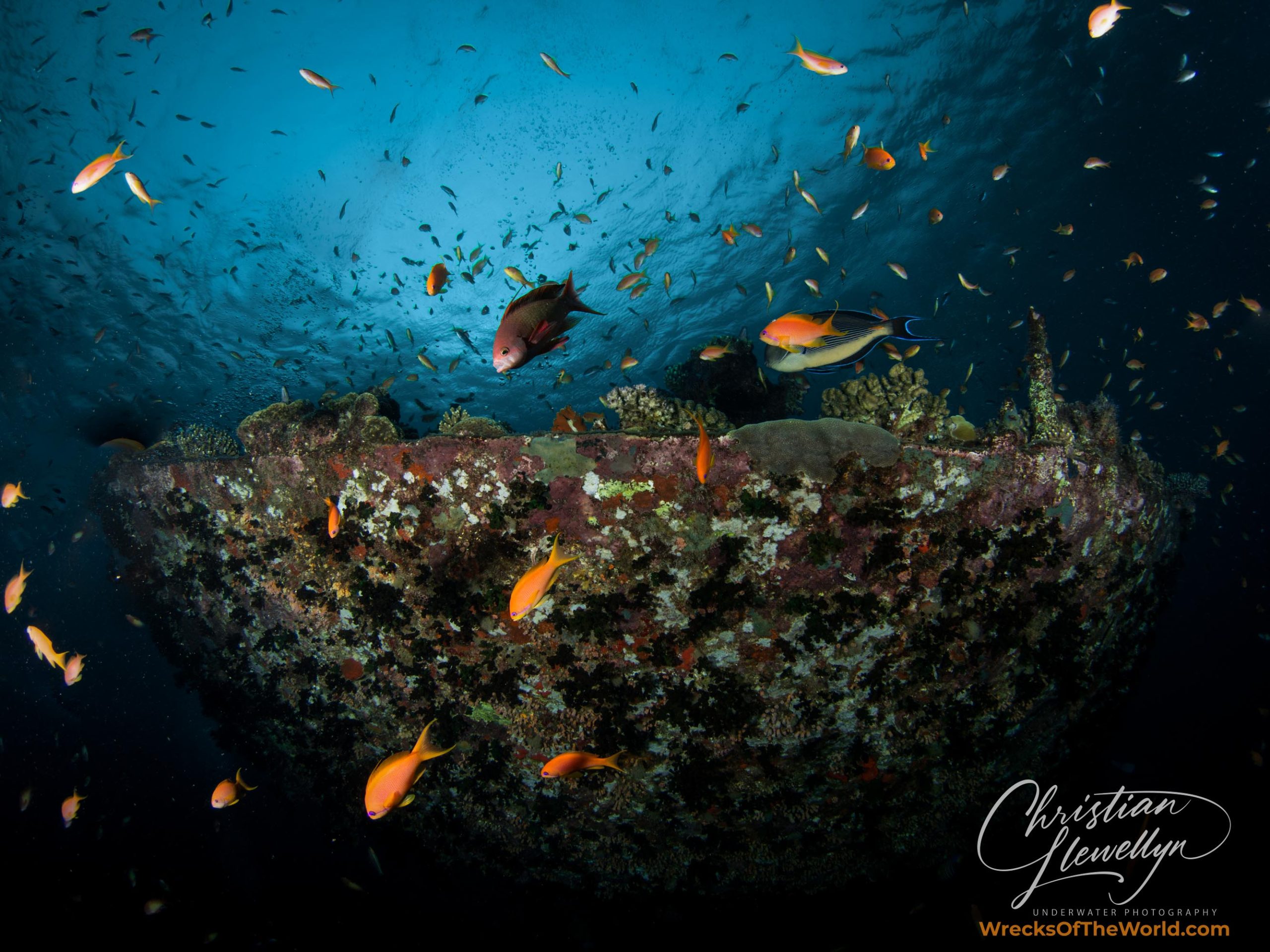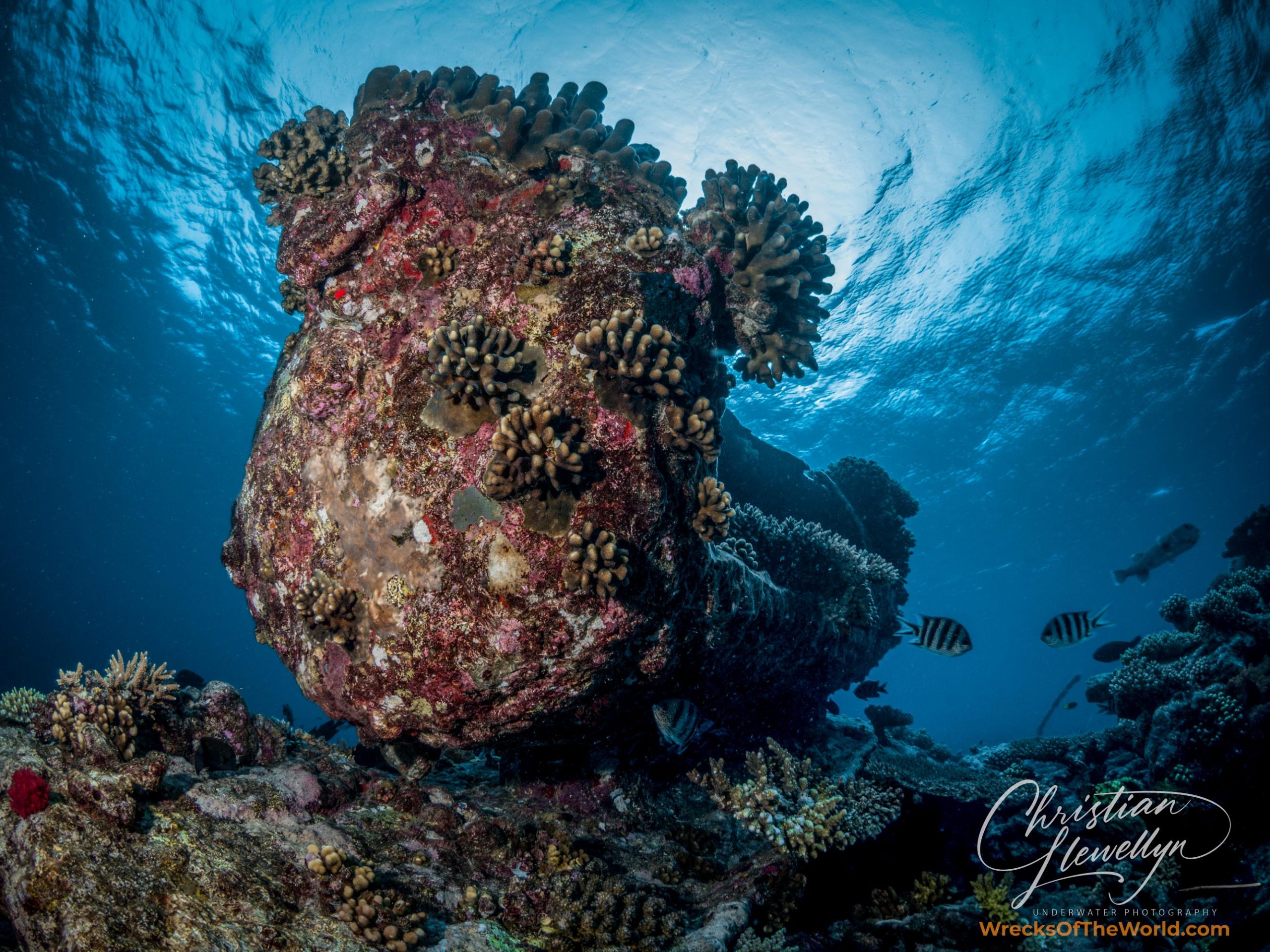Dive Kingston Wreck Red Sea: My Guide To This Remarkable Site
- Written:
- By Christian Llewellyn
Some of the links on this page may be affiliate links. If you click on them and make a purchase, we may earn a small commission at no extra cost to you. This helps us continue our work—thank you for your support!
Introduction to the Kingston Wreck wreck
The Kingston wreck offers a compelling dive site in the Red Sea, renowned for both the historical significance and the challenges it presents for underwater photography. Located near Gubal Island, this Victorian-era steamship, lost in 1881, now provides divers with an exceptional encounter with early maritime technology. The Dive Kingston Wreck Red Sea experience attracts enthusiasts eager to explore one of the oldest diveable wrecks in the area, distinguished by its preserved structure and accessible depth.

The Story Behind the Kingston Wreck
The SS Kingston was constructed at the Oswald shipyards in Sunderland, England, during a period of maritime transition, with records suggesting a launch around 1871 or 1881. As a hybrid steam and sail vessel, it took on the role of transporting coal and passengers from Britain to Aden, reflecting the era’s evolving shipbuilding techniques. On its fateful journey, the Kingston left Cardiff loaded with 1,740 tons of coal and a crew of 25. It encountered disaster after transiting the Suez Canal, colliding with Shag Rock Reef near Gubal Island under calm conditions and eventually sinking on 20 February 1881. The crew was rescued following several days adrift.
Now positioned upright with the stern at a depth of less than 15 meters, the wreck presents a snapshot of 19th-century engineering. The boilers and engine, easily observed by divers, offer a glimpse into the steam-powered capabilities of the time. Though the wreck was quickly discovered due to its proximity to a busy shipping route, the specifics of its initial location remain vague. Meanwhile, the site today serves as a poignant reflection of the era’s naval architecture, with scattered coal remnants and the iron hull attracting varied marine life, though documentation is sparse. This dive site remains a significant part of Red Sea maritime history.

The Stats: Depth, Conditions & Accessibility
4m
Minimum Depth
12m
Maximum Depth
Boat Dive
Dive Type
30m
Visibility
Apr – Nov
Season
22°C - 28°C
Water Temp
Where Is The Kingston Wreck?
The Kingston wreck lies in the shallow waters of the Shag Rock area in the Red Sea, near the southern tip of the Sinai Peninsula. This British steamship sank in 1881 and has since become a popular site for scuba divers due to its accessibility and rich marine life. The wreck can typically be reached by a short boat ride from the nearby resort towns of Sharm el-Sheikh or Hurghada, which are both accessible via international airports offering flights from major cities around the world. Divers usually board boats at these towns, with most dive operators arranging day trips to the wreck.
My Experience Diving The Kingston Wreck

Embarking on the Dive Kingston Wreck Red Sea was an unforgettable adventure from start to finish. The dive began with a detailed briefing by our experienced dive company, emphasizing safety protocols and the fascinating history behind the 1881 steamship wreckage. Alongside a diverse group of fellow divers, anticipation built as we geared up and performed our checks.
The entry was a smooth descent from our boat, hovering above the shadow of the Kingston wreck beneath the crystal-clear Red Sea waters. The dive conditions were ideal, with mild currents and warm temperatures enhancing our exploration of the sunken vessel. Swimming through this maritime relic, the blend of history and marine life was extraordinary, allowing both awe and respect for the site’s preservation.
The complexity of navigating the wreck, with its preserved engine and structures, brought a sense of accomplishment. After a thorough exploration, our group ascended with care, facilitated by the dive leaders. The journey back was filled with animated discussions about the dive, the marine life, and plans for future dives. This experience not only highlighted the beauty of underwater exploration but also the communal spirit of divers sharing this passion.
My Experience Photographing the Kingston Wreck
As I descended onto the Kingston wreck dive site, I immediately faced the classic wreck photographer’s dilemma: how to capture both the scale of the structure and the intricate details of marine life. The lighting conditions varied dramatically throughout the dive. Near the bow section, natural light penetrated beautifully, creating dramatic beams through the broken sections of hull. However, deeper into the wreck’s remnants, particularly around the massive boilers, I needed to rely on my strobes to illuminate the dark recesses.
The currents presented another significant challenge. While generally mild during my dive, occasional stronger currents swept across the wreck site, making it difficult to maintain stable positioning for wide-angle shots. I found myself anchoring against non-living sections of the wreck to compose my shots carefully without disturbing the marine environment.
Navigating the wreck while managing my camera gear required careful buoyancy control. The Kingston’s partially collapsed structure creates numerous swim-throughs and passages where loose equipment could easily damage fragile coral growth or get caught on protruding metal.
For things less than a pin head I used a Nauticam Super Macro Converter SMC-1 wet lens.
I also have a nauticam housing and 2 inon z240 strobes that i use 4600k filters with.

What You’ll See: Wreck Features & Marine Life
Descending towards the Kingston wreck near Gubal Island, divers are greeted with a vibrant scene of sea life, endemic to the Red Sea. The area around the wreck is bustling with schools of colorful fish that flit in and out of the coral-covered structures of the old steamship. Visibility here often extends up to twenty meters, making it a captivating experience for ‘Red Sea wreck diving photography’.
The wreckage itself is a haven for photography enthusiasts and history buffs alike. The SS Kingston wreck dive reveals an ecosystem encrusted upon what was once a bustling steamship. You might find moray eels lurking in nooks and coral formations blooming across the ship’s weathered surfaces. For those interested in ‘maritime history diving in the Red Sea,’ this dive offers a unique window into the past, with a glance at marine biodiversity steadily claiming the historic relic.
Recommendations for Diving the Kingston Wreck
1. Conduct a thorough briefing focusing on the specific layout and potential hazards of the wreck.
2. Ensure all divers are adequately certified for wreck diving, considering the complexity of the dive.
3. Check and double-check all equipment, especially redundancy systems such as extra air supplies and lights.
4. Use a guide line for navigation inside the wreck to prevent getting lost.
5. Keep a close eye on air consumption, as wreck diving often requires more air due to exertion and excitement.
6. Pay attention to siltation which can reduce visibility quickly; move slowly and deliberately to prevent stirring up silt.
7. Plan your dive and dive your plan, including limits on time and depth, especially if penetrating the wreck.
8. Always keep an exit point within sight when inside the wreck to ensure a safe and direct route out.
9. Monitor your buoyancy meticulously to avoid accidental contact with the wreck which could cause damage to both the structure and diver.
10. Conduct a thorough debrief post-dive to discuss what went well and what could be improved for future dives.
Tips for Photographing the Kingston Wreck
1. Use a wide-angle lens: Capturing the grandeur of the Kingston wreck in the vastness of the Red Sea requires a wide-angle lens. This will allow you to encompass larger parts of the wreck and surrounding marine life in a single frame.
2. Manage your buoyancy: Good buoyancy control is crucial for minimizing sediment disturbance, which can cloud your shots. It also helps in avoiding damage to the fragile ecosystem of the wreck.
3. Pay attention to lighting: Natural light can be your best tool, but it’s limited underwater, especially in a wreck. Consider using external lights or strobes to illuminate the darker areas of the shipwreck.
4. Focus on details: While the overall scene is impressive, capturing the intricate textures and elements of the ship, such as machinery and coral growth, can make for captivating close-up shots.
5. Plan your dive route: To efficiently capture a variety of shots, plan your dive route around the wreck beforehand. Know the points of interest and how you’ll navigate from one to another.
6. Check your settings: Underwater settings can be drastically different from surface settings. Make sure your camera is set for the lower light, higher pressure, and color absorption at depth.
7. Respect the environment: While photographing, ensure your actions do not harm the wreck or the marine life. This maintains the site’s integrity for future divers and photographers.
Practical Dive Info & Booking a Trip
For those looking to dive the SS Kingston wreck, I recommend operators such as Red Sea Explorers and Gubal Divers. Both are well-versed in the local conditions, history, and the specifics of wreck navigation. Prices for a guided dive can range between $100 to $150 depending on the season and the dive package you choose. It’s important to follow all conservation guidelines during your dive to preserve the integrity of the wreck and its marine life. Avoid touching or taking anything from the dive site, and ensure that your buoyancy control is well-practiced to prevent disturbing the site. For the best experience, consider visiting during the quieter seasons to avoid the crowds and to have a more intimate dive.
My Rating & Final Thoughts
Diving to explore the SS Kingston wreck in the Red Sea was an unforgettable experience that combined my passion for maritime history with the thrill of wreck diving. The Kingston wreck, resting serenely near Gubal Island, is a snapshot frozen in time since 1881, offering an impressive array of marine life and a peek into the past. The clarity of the water and the accessibility of the wreck made it perfect not just for exploration but also for photography. This dive not only allowed me to tick a historical site off my list but also provided me with captivating scenes ideal for any wreck diving enthusiast. Overall, I’m thrilled with the experience and can’t recommend it enough to divers interested in the blend of history and marine beauty.
8/10
Frequently Asked Questions (FAQs)
The Kingston wreck in the Red Sea offers clear, warm waters with visibility often exceeding 20 meters. Divers can enjoy relatively calm conditions with temperatures ranging from 22 to 30 degrees Celsius, depending on the season.
Divers should be aware of their depth and keep an eye on their no-decompression limits while exploring the wreck. It is advisable to dive with a buddy and carry a surface marker buoy for safety. Ensure all equipment is checked and functioning properly before the dive.
The Kingston wreck is teeming with marine life including colorful coral growths, schools of anthias, scorpionfish, and occasionally, pelagic visitors such as tuna and barracuda. The encrusting soft and hard corals attract a diverse array of marine species, making it a vibrant site for underwater photography.
For diving the Kingston wreck, a standard scuba set with a wetsuit appropriate for the water temperature is recommended. A good quality dive light to explore darker areas, a camera for underwater photography, and a dive computer are also advisable.
Divers should avoid touching or disturbing the coral and marine life around the wreck. It is important to maintain good buoyancy control to prevent accidental contact with the reef or stirring up sediment, which can damage the underwater environment.
The best time to dive at the Kingston wreck in the Red Sea is from March to May and from September to November. During these months, the water temperatures are pleasant and the weather conditions are most stable, offering the best underwater visibility and overall dive experience.
Many experienced dive operators based in Sharm El Sheikh and Hurghada offer trips to the Kingston wreck. It’s recommended to choose operators with good safety records and positive reviews, who provide experienced guides familiar with the site.
The Kingston, a British cargo steamship, sank in 1881 after running aground on the reef at Shag Rock. The wreck is historically significant as it provides insight into maritime trade routes and shipbuilding techniques of the late 19th century.
Diving the Kingston wreck can be an emotionally enriching experience as divers connect with the history and the serene beauty of this underwater time capsule. The peaceful environment, coupled with the excitement of exploring a piece of living history, offers a unique emotional depth.
The Kingston wreck lies in relatively shallow waters, with depths ranging from 4 to 20 meters. This makes it accessible to divers of all certification levels, although those with experience in wreck diving will gain the most from a visit.
Some of the links on this page may be affiliate links. If you click on them and make a purchase, we may earn a small commission at no extra cost to you. This helps us continue our work—thank you for your support!

